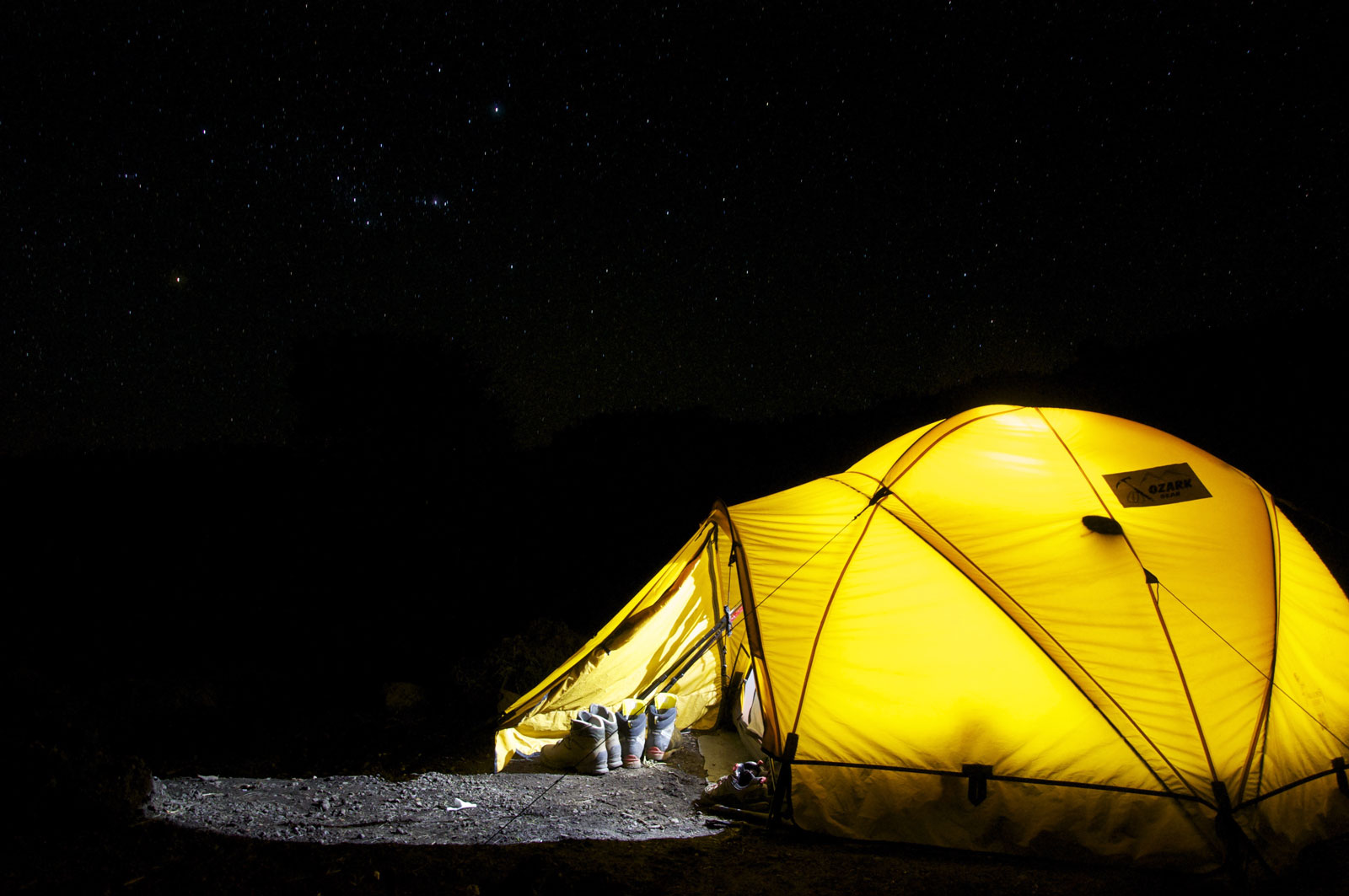The Local newsletter is your free, daily guide to life in Colorado. For locals, by locals.
If you’ve brought a child into the world since 2002, you’ve likely leaned on the world-renowned pediatrician with the magic baby sleep maneuvers: Dr. Harvey Karp. You know, the guy who penned The Happiest Baby on the Block book. Yes, we want our babies and toddlers to sleep at home, but if you’re like many Coloradans, the next step you’re worried about isn’t a big kid bed—it’s a sleeping bag. Here’s the step-by-step guide to ease your little ones from the comforts of home to a night in the woods.
Step 1: Teach the Basic Skills
Your two-year-old need not know how to stoke a good blaze in the firepit, but you will need to be confident in her ability to listen and know when not to test boundaries. A major reason why we take kids into the outdoors is to let them explore, and to teach them to assess risk: stomping in a creek versus wading into a lake. We need them to respond quickly if we think their exploring is going to put them in danger. “The biggest issue with kids is teaching them to listen in any situation,” Dr. Karp says. “Little children understand nonverbal communication before verbal communication. They need to understand when a risk is real and you can practice that behavior at home.”

Step 2: Practice at Home
Try a camping walk-through before you pack up the car and head to the mountains. Start with introducing camping activities at home, like eating outside and sleeping in sleeping bags in a bedroom or backyard tent. Talk about the sounds you’ll hear in the wild. Read books about camping. Tell lots of camping stories before bed at home. Let your child ask questions about every part of the adventure.
Step 3: Bring Home into the Wild
If your kid has a teddy or blankie, make sure they are on the camping packing list. “You can mimic a lot of your child’s comforts from home in a tent,” Dr. Karp says. Bring along the white noise machine if they are used to hearing it when they fall asleep and don’t forget their favorite bedtime books. And if you have a potty-training toddler, don’t forget the little porta-potty. Little ones often aren’t too keen on using the backwoods as a bathroom. But some are and will continue this practice in the backyard when they get home.
Step 4: Be Ready to Call it a Night
It’s old camping-with-kids wisdom that you’ve got to be ready to pack it in at 2 a.m. and head home if necessary. But Dr. Karp says you need to be serious about it. “The whole thing with camping with kids is you have to be ready to go home in the middle of the night. You are putting your child in a very foreign situation. You are asking a lot from them.” So if you don’t want your kid to cringe every time you bring up the idea of sleeping under the stars, be flexible and don’t force an uncomfortable situation. Just revert back to Step 2 with more at-home and close-to-home campout opportunities.








